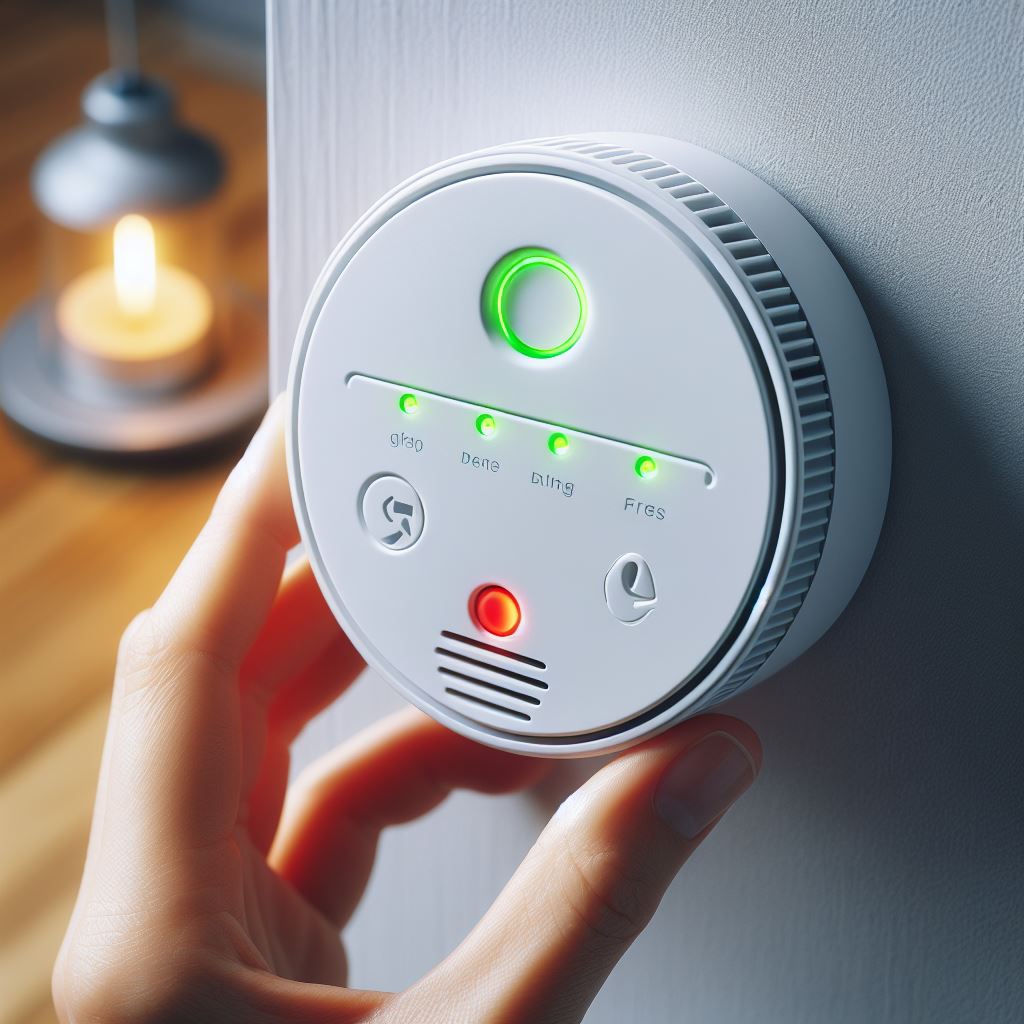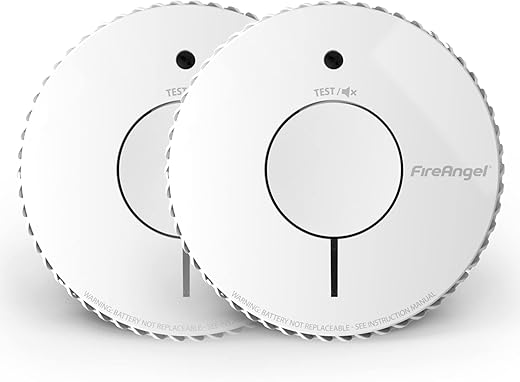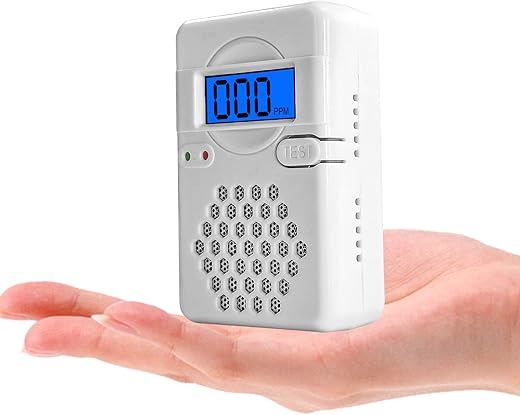1. Understanding the Significance of Carbon Monoxide and Smoke Alarms in UK Homes
Safety Imperatives in Residential Spaces
Home safety is a paramount concern, and within the UK, the inclusion of carbon monoxide (CO) and smoke alarms stands as a crucial safeguard against potential threats. These alarms play an instrumental role in mitigating risks associated with CO exposure and fire incidents, ensuring the well-being of inhabitants.
Addressing Carbon Monoxide Hazards
Carbon monoxide is an invisible, odourless gas emitted from malfunctioning appliances like boilers, gas cookers, or solid fuel systems. Its presence within enclosed spaces poses severe health risks, often leading to headaches, dizziness, or in extreme cases, fatalities. Given its silent nature, detection through the senses is impossible, underlining the pivotal role of CO alarms. These alarms function as vigilant sentinels, promptly alerting occupants upon detecting CO levels, and allowing for immediate evacuation or preventive measures.
Combating Fire Hazards with Smoke Alarms
Fire hazards are another critical concern within residential settings. Smoke alarms serve as early warning systems against potential fire outbreaks, detecting the presence of smoke and alerting residents swiftly. These devices significantly reduce the risk of fatalities and property damage by providing precious moments to respond or evacuate during a fire emergency.
Legislative Mandates and Recommendations
Recognizing the indispensable nature of CO and smoke alarms, the UK has implemented stringent regulations and recommendations concerning their installation. The legislation mandates the presence of CO alarms in rooms with solid fuel appliances and underscores the importance of regular checks and maintenance.
Conclusion: A Crucial Layer of Protection
The integration of carbon monoxide and smoke alarms within UK homes isn’t just a recommendation; it’s an essential layer of defence against life-threatening situations. As this chapter lays the groundwork for further exploration, subsequent sections will delve into optimal placement strategies, installation guidelines, and the necessary maintenance to ensure these alarms function optimally, safeguarding homes and lives.
3. Optimal Placement of Carbon Monoxide Detectors in Your Home
Understanding the Importance of Placement
The significance of carbon monoxide (CO) detectors in safeguarding homes against this silent threat cannot be overstated. However, their effectiveness hinges significantly upon their placement within the household. Proper placement ensures early detection and alerts residents before CO levels reach hazardous concentrations.
Ideal Locations for CO Detectors
- Near Sleeping Areas: Placing detectors in or near bedrooms ensures swift alerts during sleep, a time when people are most vulnerable to CO exposure.
- Common Areas: Install detectors in living rooms or spaces frequently occupied during the day, ensuring broader coverage and timely warnings for occupants.
- Each Floor: To ensure comprehensive protection in multi-story homes, place detectors on every level, particularly near stairwells and hallways leading to bedrooms.
- Close to Fuel-Burning Appliances: Install detectors within proximity (1 to 3 meters) of potential CO sources like boilers, stoves, or ovens, ensuring immediate detection of any leaks.
Factors Affecting Placement
- Ventilation and Airflow: Avoid obstructing airflow to detectors, ensuring they capture the general air circulation in the room.
- Avoiding Interference: Place detectors away from windows, vents, or areas with high humidity, as these might affect their functionality.
- Height Considerations: Mount detectors at eye level, allowing for optimal CO detection and ensuring audibility for alarm alerts.
Tailoring Placement to Specific House Layouts
Consider the unique layout of your home when deciding placement. For instance, in open-concept homes, a centralized location might suffice, while in compartmentalized layouts, detectors in each distinct area are advisable.
Conclusion: Prioritizing Safety through Placement
Choosing the right spots for carbon monoxide detectors is critical for maximizing their efficacy in protecting your household. This chapter elucidates the key areas where installation ensures comprehensive coverage, empowering residents with early warnings against potential CO threats. Stay tuned for detailed installation guidelines and essential tips to guarantee the optimal functioning of CO detectors within your home.
Kidde 5CO Battery Powered Carbon Monoxide Alarm 10-Year Life
Number 1 Best Seller on Amazon in Carbon Monoxide Detectors!

A one-liner on why you should buy this popcorn machine.
| Brand | KIDDE |
| Style | Single Unit |
| Power source | Battery Powered |
| Colour | White |
| Product dimensions | 3.9D x 12.7W x 7.3H centimetres |
| Item weight | 115 Grams |
| Alarm | Audible |
| Sensor type | Carbon Monoxide Senso |
About this item
- Replaces older Life Saver model
- Continuous monitoring for CO with a loud alarm on detection
- Can be wall mounted or free standing – ideal for taking on holiday or when travelling
- Battery operated (3 replaceable AA batteries supplied)
- 7-year warranty, 10-year alarm life, Kitemarked and CE Marked












